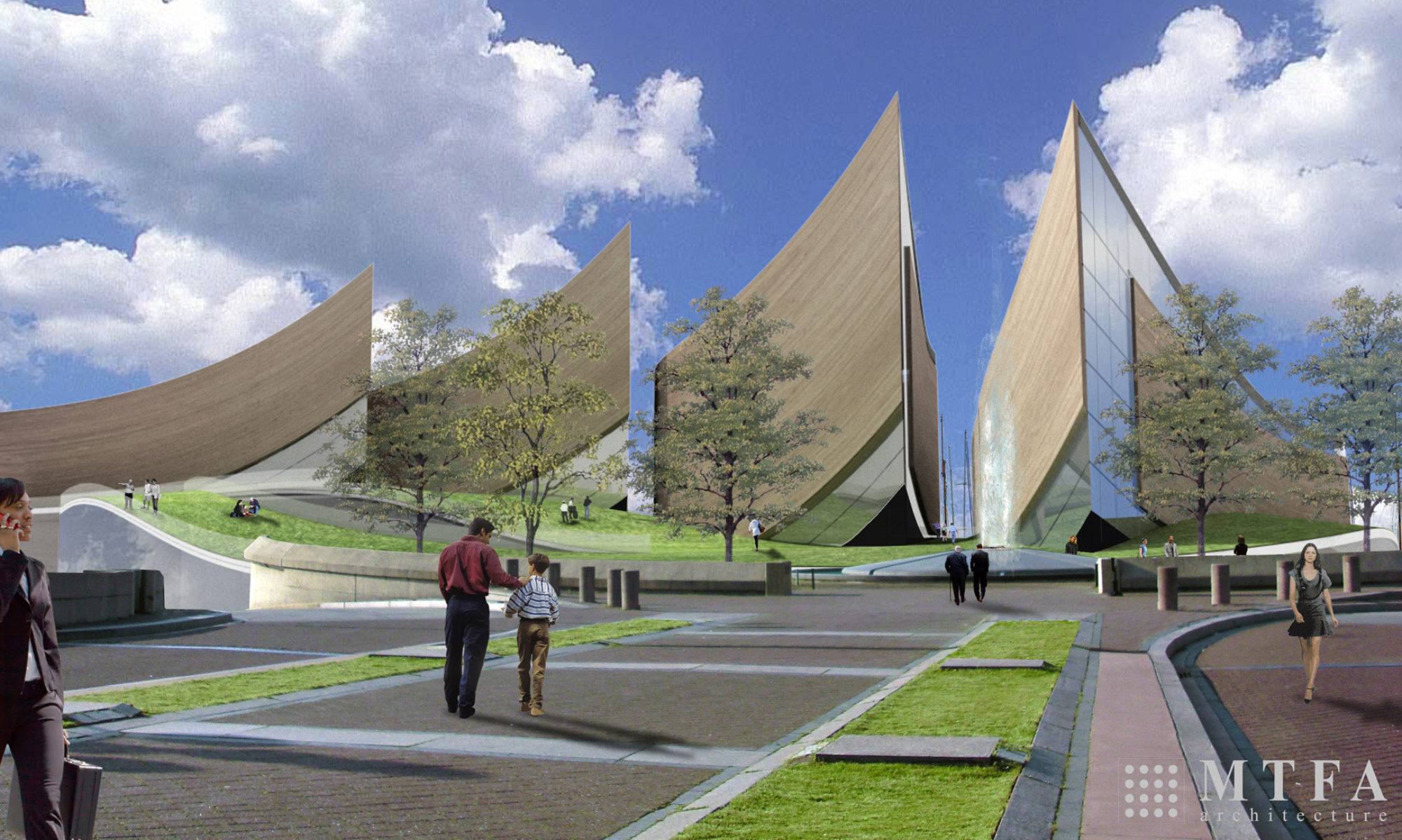
This is the first of four blogs to describe how the National Museum of the American People will tell its story through four chapters.
Most histories about the making of the peoples of this nation begin with the arrival of European explorers after 1492 and the first European settlers around 1600. We propose that the full story must also encompass the history, so far as it is known, of the first peoples to have settled on this land, an occurrence thought to have taken place less than 20,000 years ago.
This seldom told and little understood story about great and diverse civilizations, cultures and peoples that prevailed in the Western Hemisphere and throughout North America before 1607 is an integral part of the history of the American People. The museum’s first chapter would start with the earliest known groups to come to what is now the United States.
Contemporary research indicates that there were probably more people living in the Americas than in Europe when Columbus landed. The people living here had transformed the land so completely that when Europeans arrived in the hemisphere, it had already been massively ‘landscaped’ by humans.
Using the latest findings from the fields of archeology, genetics, history, linguistics, demography, geography, anthropology, contemporary American Indians studies and other sources, the Museum would portray the long history of human settlement and accomplishment in this land before 1607.
The National Museum of the American People would try to answer a long list of questions: When did the first humans come to this land? How did they get here? Did they come in different waves? Why did they come? How did their cultures evolve from when they arrived to 2,000 years ago to 400 years ago? Answers to these questions will focus on the peoples who populated the Western Hemisphere, including the Caribbean and Pacific Islands that are now part of the United States.
In the century before Columbus, how were Indian tribes distributed across what is now the United States? What were their histories up to 1607? What was the nature of inter-tribal relationships? What are the population estimates for North America in 1607? What was the nature of native culture, economy, governing structures, communications, weapons, agriculture and health?
The first hundred years after Columbus’ voyages were marked largely by Spanish and Portuguese expeditions into what is now Latin America with forays into areas now occupied by Florida, Texas, Oklahoma and New Mexico. The Museum would explore Hispanic settlements in what is now the United States during this period. While the Spanish and Portuguese dominated the Western Hemisphere in the early part of the 16th Century, the English began their explorations in the 1580s when Sir Walter Raleigh led expeditions to the North Carolina coast.
The main purpose of the Spanish was to exploit the gold and other riches from the Western Hemisphere and to convert the natives to Christianity. Tragically, the Eurasian diseases that the conquistadors brought with them coupled with the natives’ lack of an immune response to fight those diseases led to waves of pandemics that spread throughout the Americas. There is evidence that these killed more than half of the native population, with some estimates ranging up to and above 90 percent, within 150 years of the first contacts.
Because of the spread of these diseases, when the Spanish, Portuguese and British came to the North, they found the Indian populations reeling; their millennia-old civilizations and cultures crashed in a matter of decades. In their weakened state, the Indians could only partially oppose these new settlers on their land.
Some museums, including the Smithsonian’s new National Museum of the American Indian, and the American Museum of Natural History in New York, depict the cultures, beliefs and art and artifacts of different Indian tribes. Others, such as the Pequot Museum in Connecticut, tell the story of a particular tribe. But all of these institutions only give hints about the overall history of native peoples, and can only partially answer the questions raised above due to their narrower focus. In the NMAP, the story of native peoples will be told in the context of all of the people who lived on the land of what is now the United States.
While some of the questions asked here could not have been answered a generation ago, or even a decade ago, new research and discoveries about early human life on this land is bringing more and more of the past into light.
This story of America’s earliest settlers and inhabitants as it is currently known and understood needs to be told, and it needs to be open to updating as new information is found. The National Museum of the American People, working with Native American organizations and scholars supporting the museum as well as others still to come, will stimulate the search for that information.
NOTE: The material herein is based in part on the book 1491: New Revelations of the Americas Before Columbus by Charles C. Mann. Leading scholars would be expected to develop a detailed outline of the museum’s story following the establishment of the museum.
This blog is about the proposed National Museum of the American People which is about the making of the American People. The blog will be reporting regularly on a host of NMAP topics, American ethnic group histories, related museums, scholarship centered on the museum’s focus, relevant census and other demographic data, and pertinent political issues. The museum is a work in progress and we welcome thoughtful suggestions.
Sam Eskenazi, Director, Coalition for the National Museum of the American People
